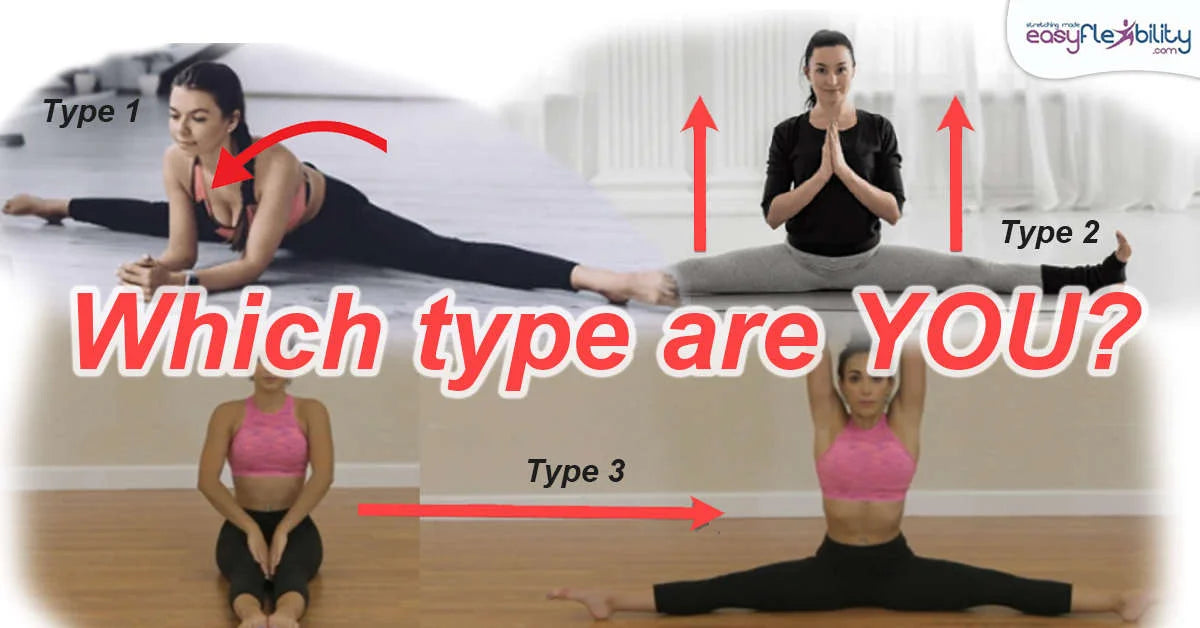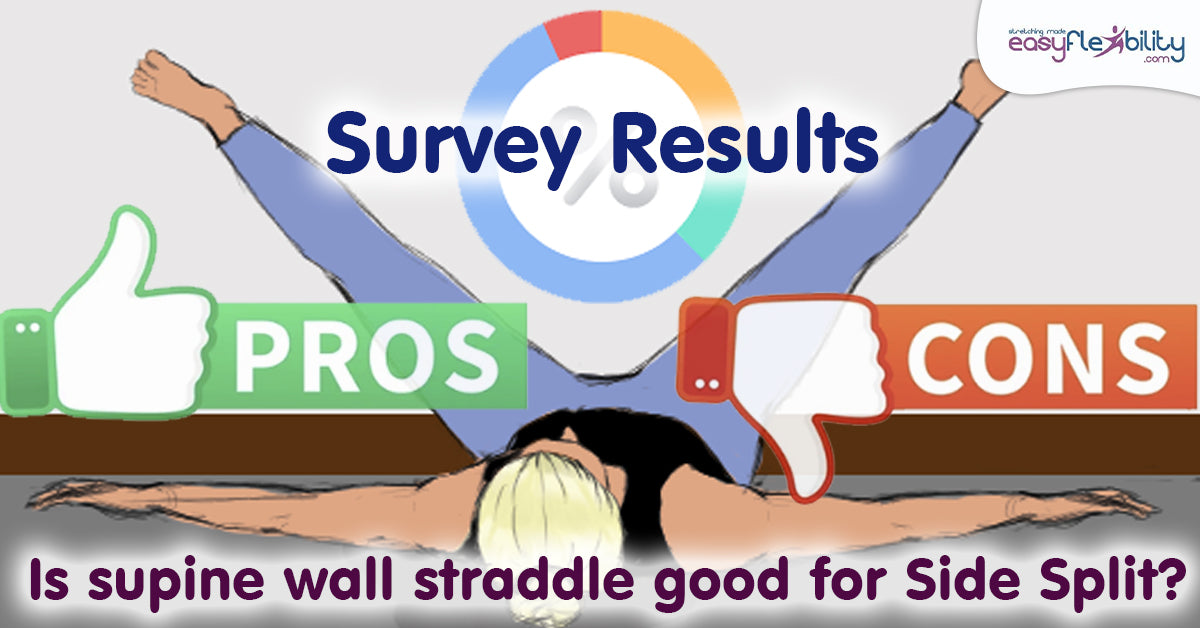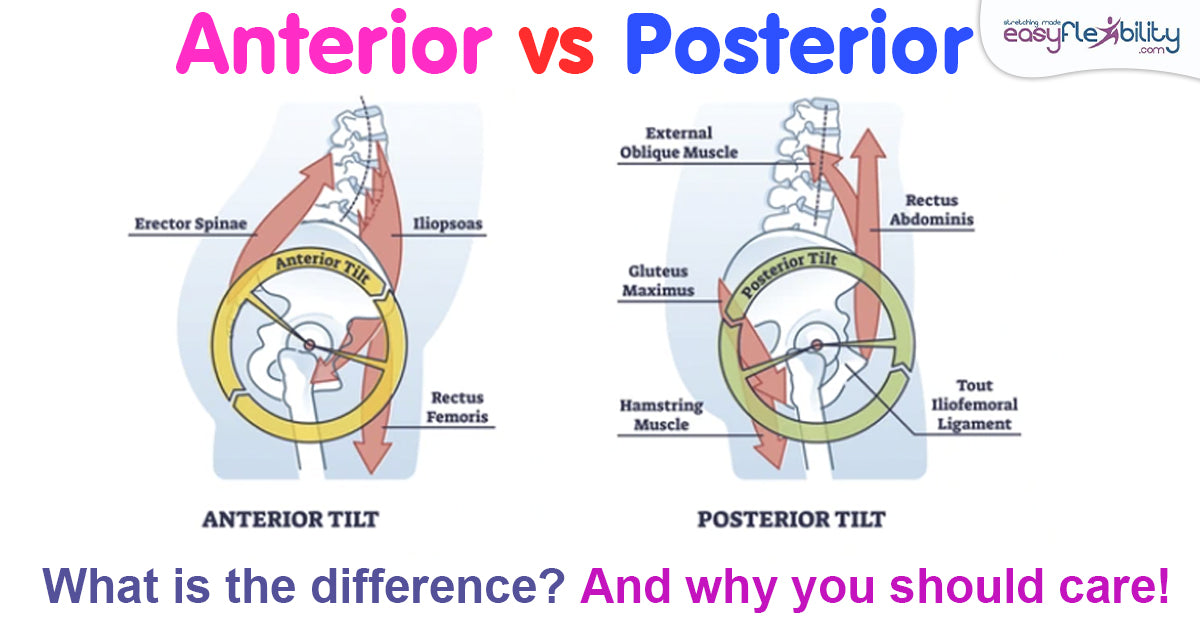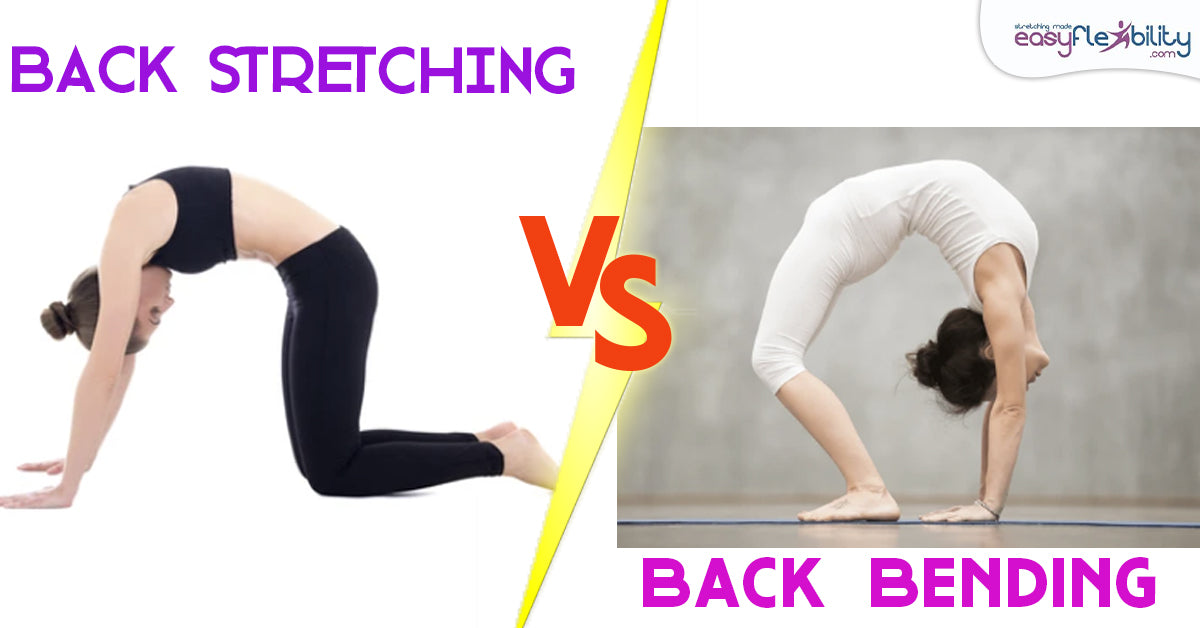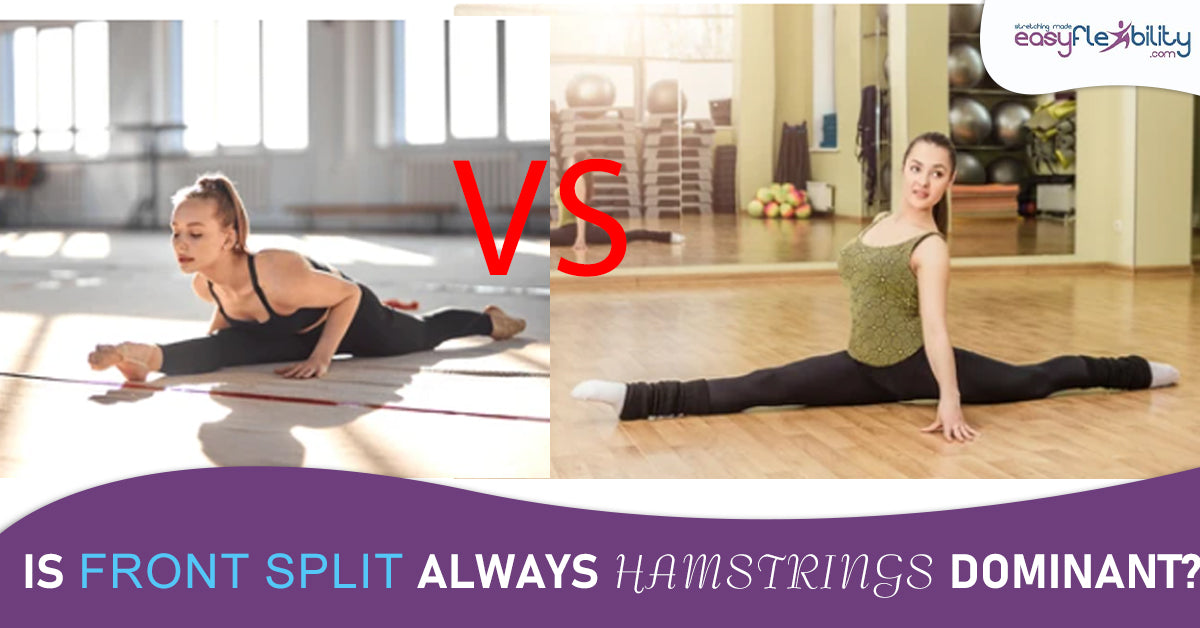Handstand Analysis- Part 1
Posted by Paul Zaichik on

Let's begin by watching the video below:
What does the person on the left need to be able to do to perform the handstand the same way as a person on the right?
Just by looking into two pictures, you can see two major differences:

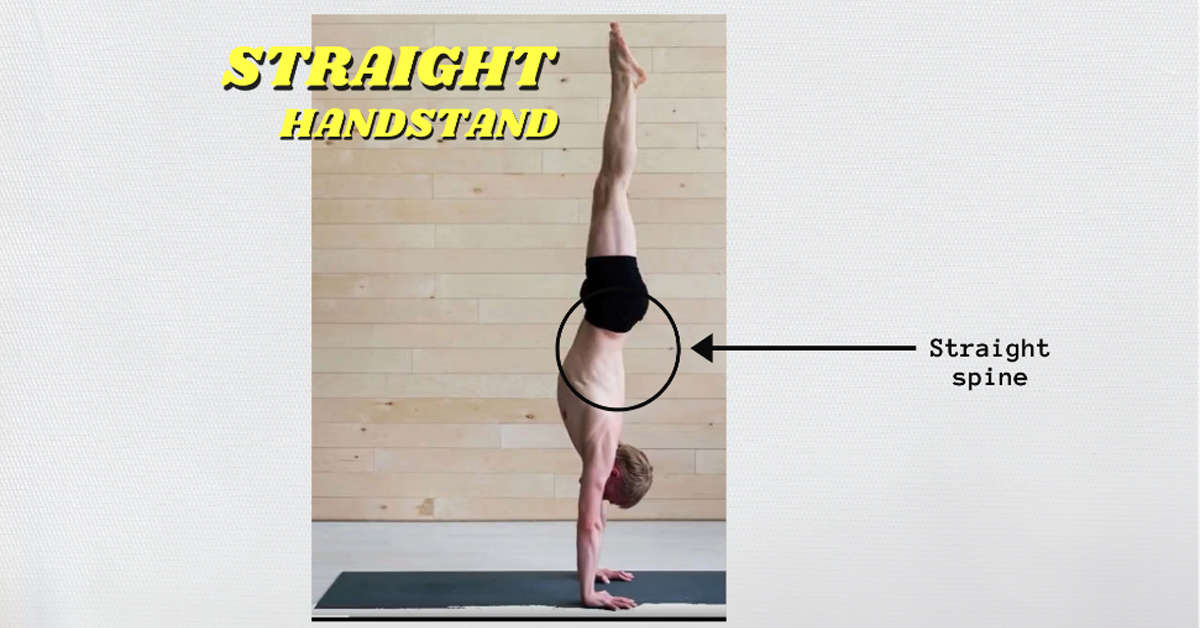
Number one: on the left, the spine is hyperextended while it is straight on the right.
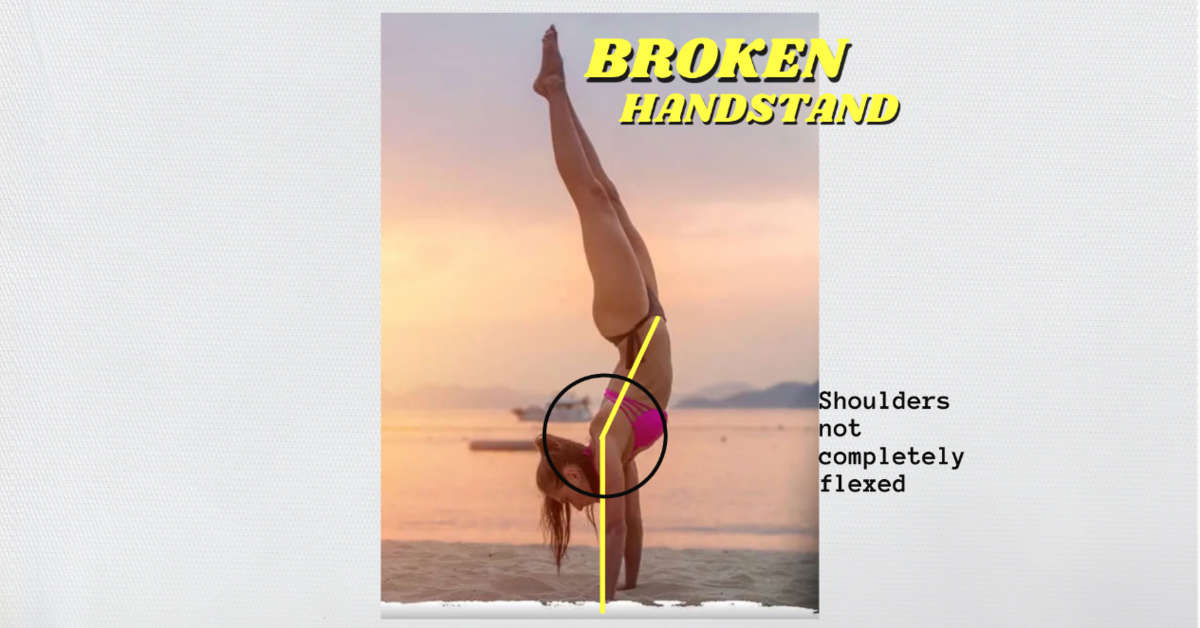
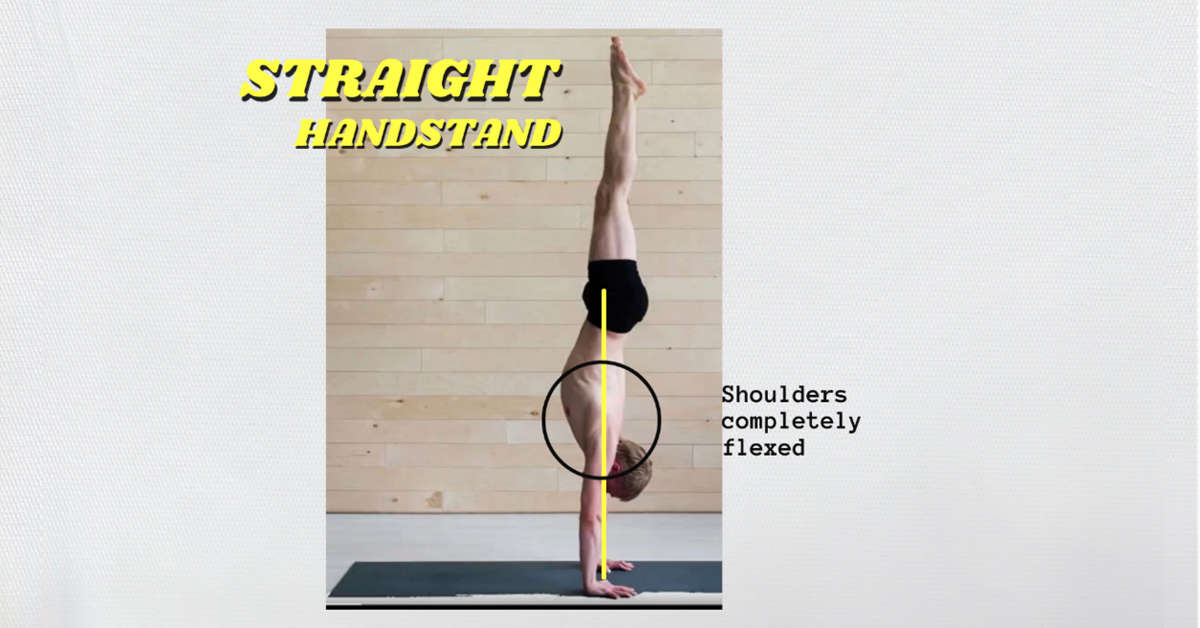
Number two: the shoulders are not completely flexed on the left. In other words, there is no straight line between the torso and arms. While there is complete flexion to a vertical line of the model onthe right.
Take a look at the video below to learn about Easyflexibility Handstand Mastery program content:
Let's talk about the shoulders first:
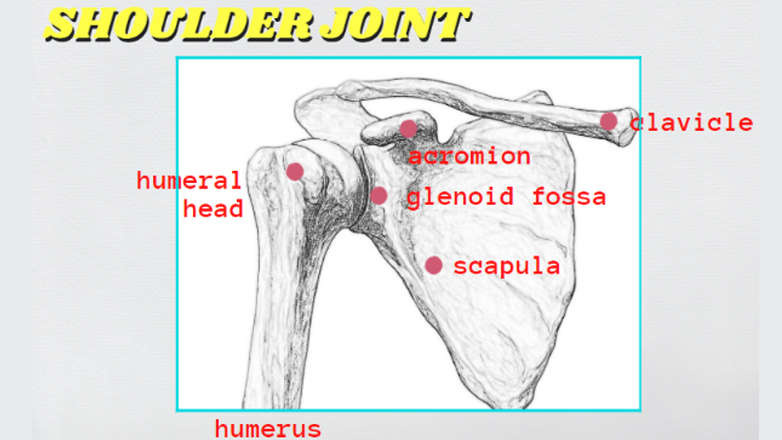

Lack of overhead shoulder flexibility is very common.

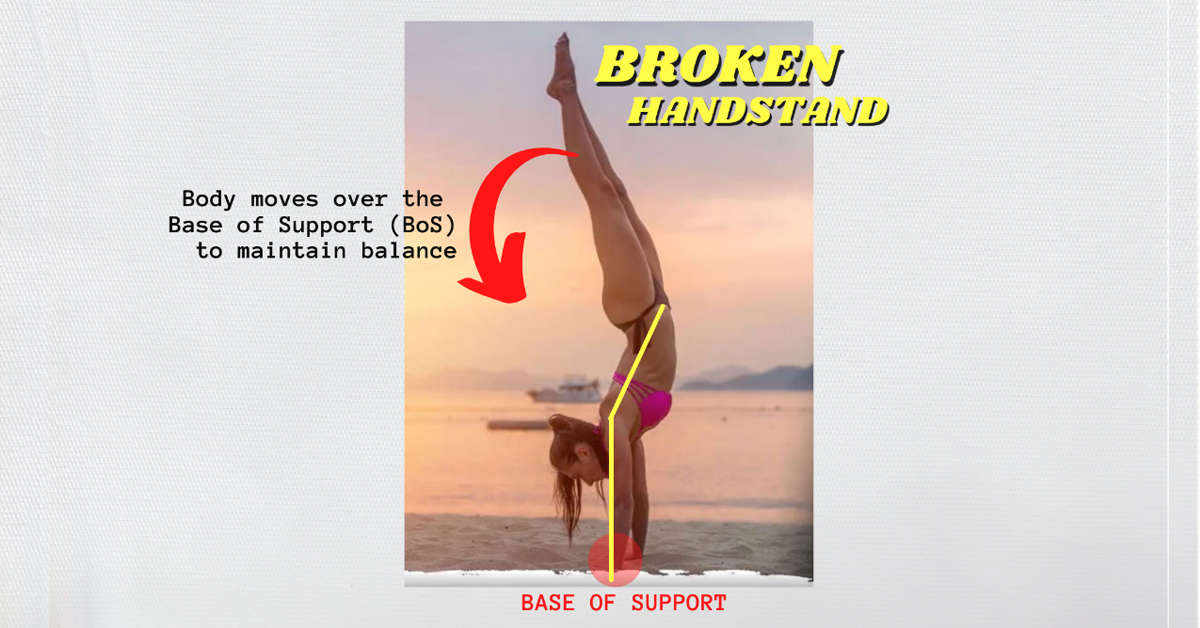
A broken handstand often happens when the shoulder flexibility does not allow for the trunk to be vertical, and thus, not to fall, the body has to curve back over the base of support which is the hands.
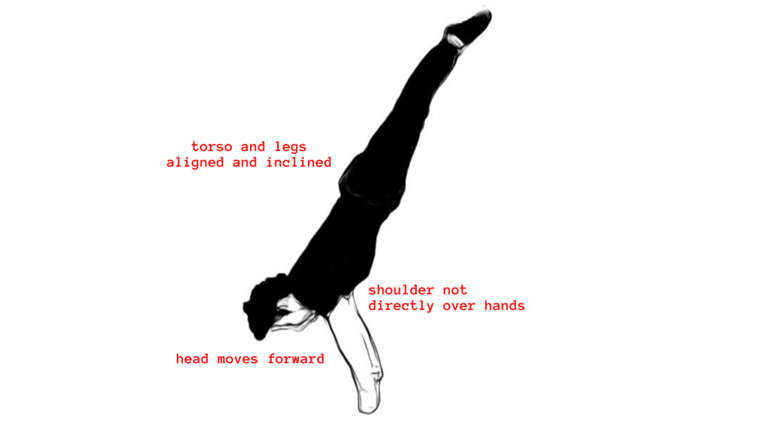
It is possible to perform a handstand with straight body and not fully flexed shoulder joint.
To do something like this:
- the torso and the legs will be angled, they will not be vertical, and thus,
- the center of gravity is not going to be directly over the hands
Which means that to move the center of gravity over the hands, the head will have to move forward, and thus, a lot more flexibility and strength is required from the wrists and forearms.
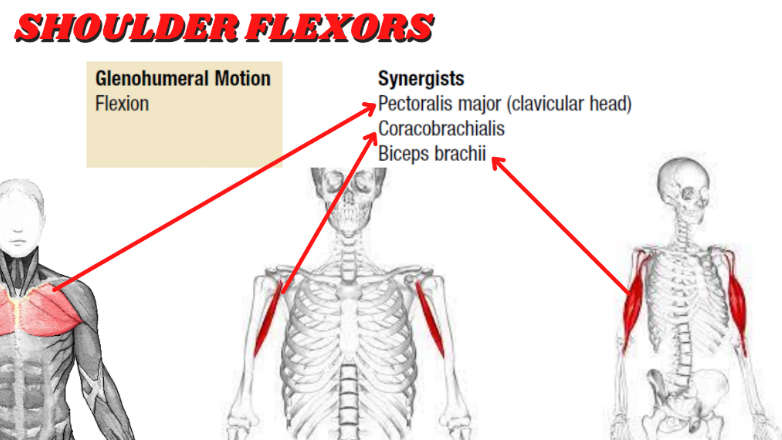

Shoulder flexors strength is also going to be required to hold this type of handstand. Strength in a posterior chain—back extensors, Glutes, and Hamstrings—is also required.
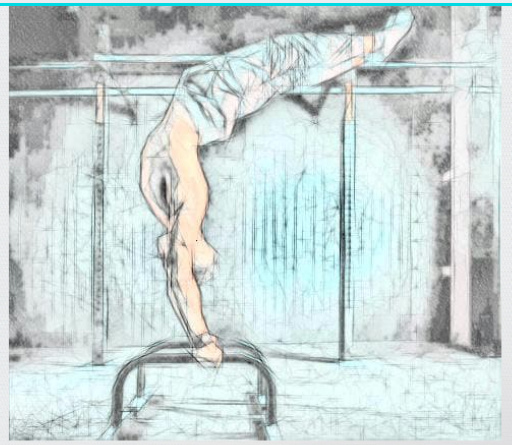
On the other hand, one is able to perform a handstand with fully flexed shoulders and still have that “banana bend” in their back. This type of handstand is actually an advanced form of handstand.
Now, there are cases where people are able to move their arms to completely vertical line which means that they have the overhead shoulder flexibility, and yet they still perform a broken handstand. This is usually a balance and awareness issue, and not the shoulder flexibility issue.
Get Your Handstand Mastery Program Today! Click on the picture below to learn more!
Now let's assume the shoulder flexibility is actually a problem. Which muscles need to be stretched to gain full overhead shoulder flexibility?
Let's start with the shoulder girdle.

For the scapula to get into the right position—Rhomboids, Pectoralis minor, and Levator scapulae must be flexible enough to allow this to happen.

The strength component comes from Trapezius and Serratus anterior.
If there’s weakness, injury, or improper innervation of these muscles, proper overhead position will be challenging or even impossible.
Now let's take a look at the shoulder joint.
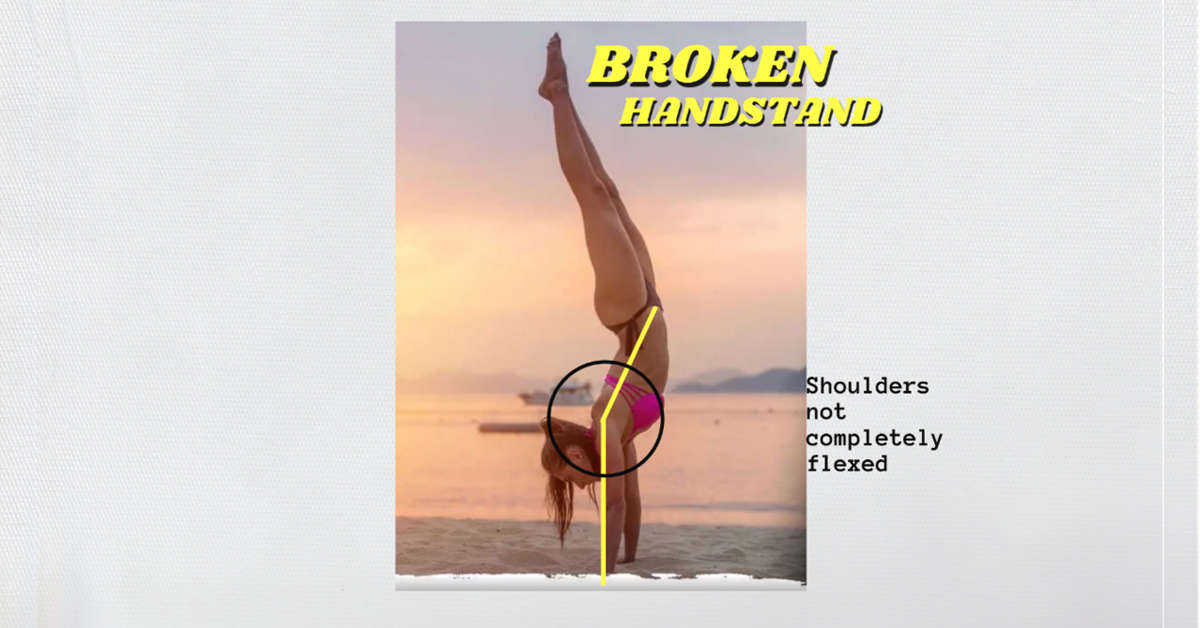
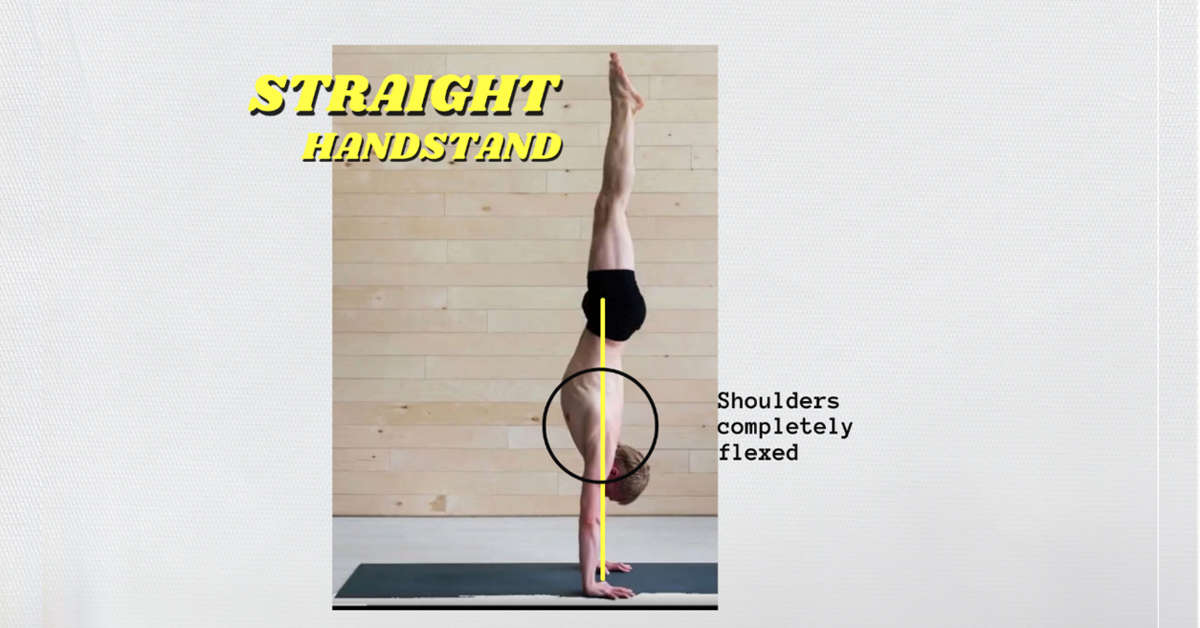
You could see on the left, shoulder flexion is incomplete while it's complete on the right.
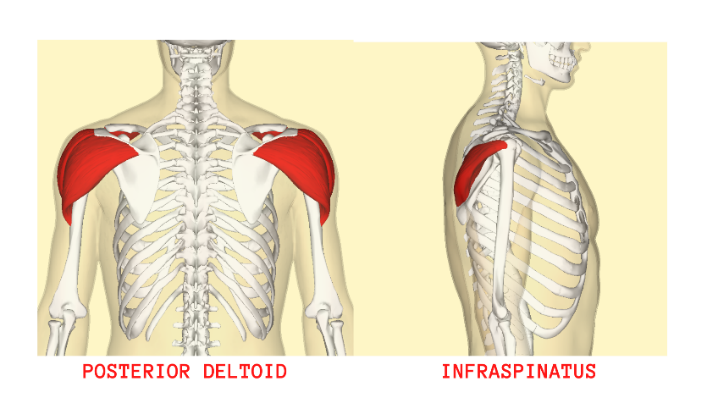

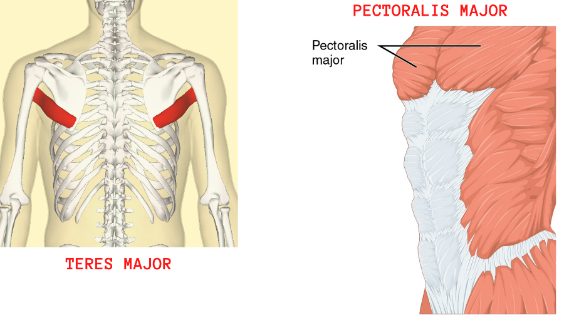
The muscles that restrict are Latissimus dorsi. Teres major, Pectoralis major (the sternal component), while Infraspinatus and posterior Deltoid can also resist full shoulder flexion.
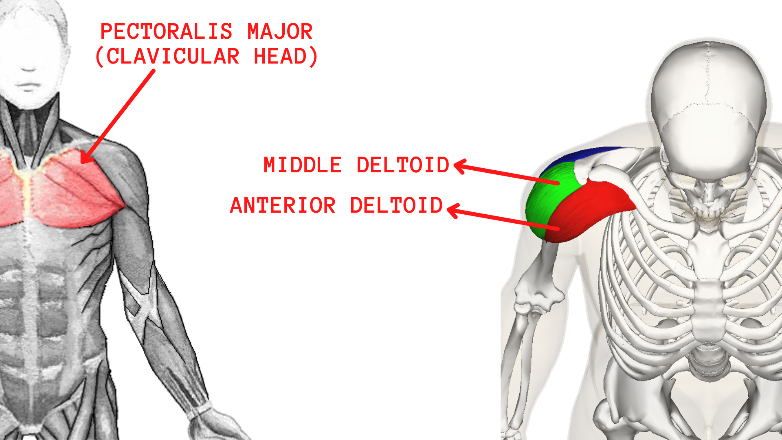
The strength to hold the arm directly overhead comes from anterior Deltoid, middle Deltoid, and Clavicular component of Pectoralis major.
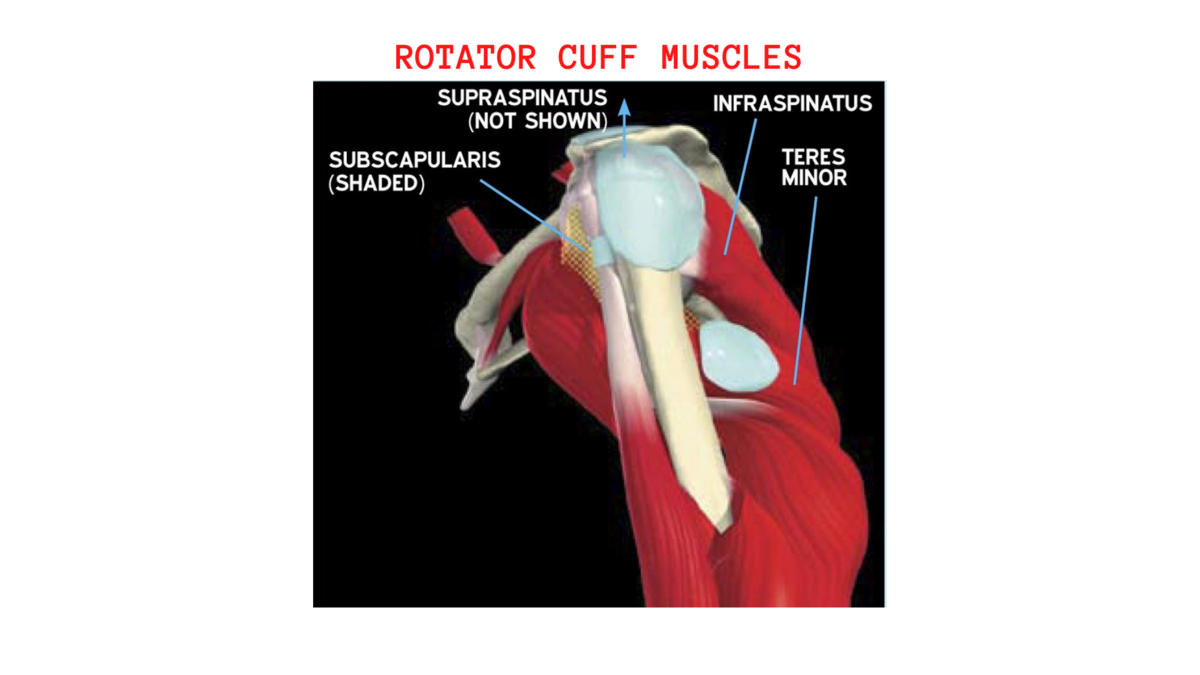
While the shoulder joint stabilization comes from the four Rotator cuff muscles: Teres minor, Infraspinatus, Supraspinatus, and Subscapularis.
As mentioned earlier, sometimes the reason for broken handstand is not lack of strength or flexibility in the shoulder but lack of balance and awareness.
Quick note about the wrist flexibility:
While 90-degree wrist flexibility is needed for a handstand, it is always recommended to have more flexibility than required. This is because the muscles are not very strong in the end ranges. And while core strength and awareness is always important, in a perfectly balanced handstand, there isn’t a lot of core strength required because the weight is straight down.
However, a student learning a handstand will benefit greatly from having a strong core all around, not just the front, not just abdominals.
If you are lacking in wrist flexibility or overhead shoulder flexion, it's best to work on them first. Click on the BUY NOW button to get your Easyflexibility program Today!
or Get Your Handstand Mastery Program Today!
© ElasticSteel Corp., EasyFlexibility, Paul Zaichik, et. El., 2022. No part of the materials available through ElasticSteel.com, EasyFlexiiblity.com, site may be copied, photocopied, reproduced, translated or reduced to any electronic medium or machine-readable form, in whole or in part, without prior written consent of Paul Zaichik EasyFlexibility.com, Elasticsteel.com.. Any other reproduction in any form without the permission of Paul Zaichik EasyFlexibility.com, Elasticsteel.com is prohibited. All materials contained on this site are protected by United States copyright law and may not be reproduced, distributed, transmitted, displayed, published or broadcast without the prior written permission of Paul Zaichik, EasyFlexibility.com, Elasticsteel.com.
Share this post
0 comment







